Chef Shirley Chung of Ms Chi Café in Los Angeles remembers making a five-day train excursion to her grandmother’s village to celebrate the Chinese New Year. Born and raised in Beijing, she moved to America at age seventeen and never forgot the trips to join her large extended family, who came together near the border of Korea every three years.
Upon arrival, the tradition was to make pork and cabbage dumplings called jiaozi, a custom she compares to that of Mexicans making tamales for Christmas. The dumplings—symbols of wealth—are similar in name and shape to an ancient currency called jiao. An elder of the family would playfully hide a coin or piece of candy into a dumpling to bestow the recipient with extra good luck or wishes for a sweet year. “When it comes to Chinese New Year, every single dish has to mean something,” says Chung.
Also known as the Spring Festival, twenty percent of the world’s population celebrates Chinese New Year. Akin to Thanksgiving in the States, millions of people traverse China to spend the holiday with their families.
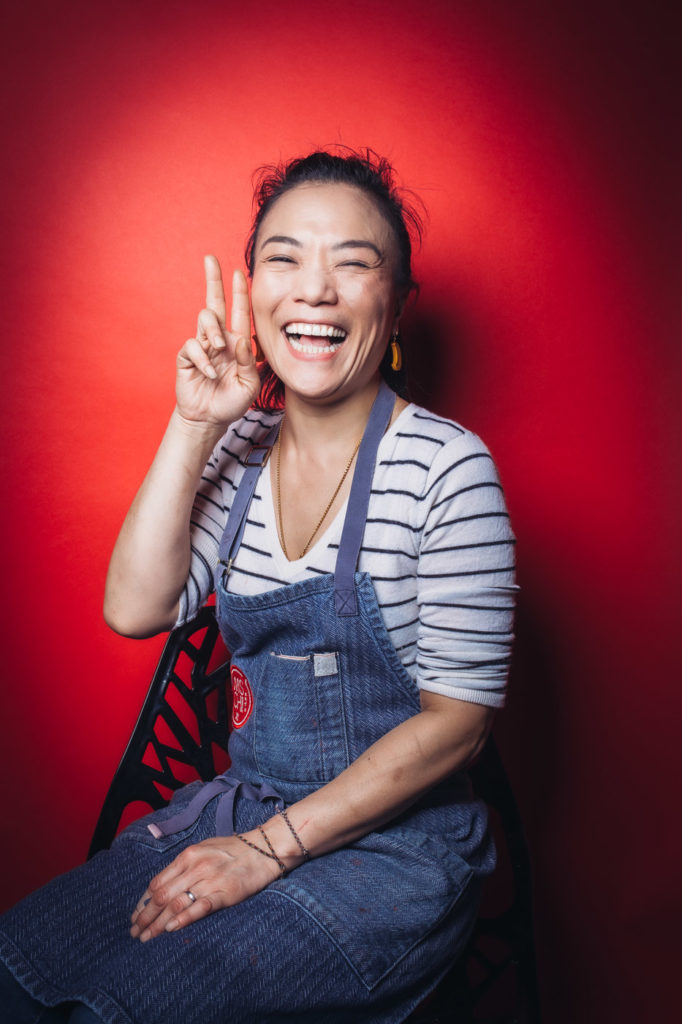
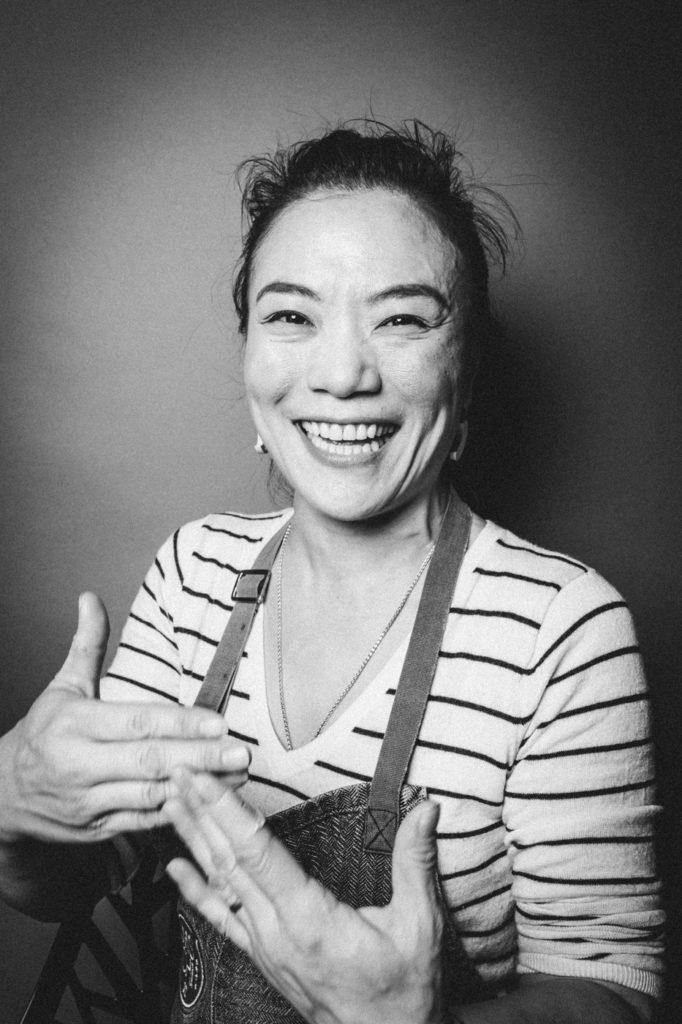
This Saturday, January 25, marks the beginning of the Chinese New Year, which culminates on February 8. The modern-day holiday has agrarian roots dating back nearly four thousand years and is tied to the lunisolar calendar that is divided into twelve-year cycles, in which each year is represented by a different animal in the Chinese zodiac. The rat, the animal representing 2020, is the first animal in this cycle.
Chung has adopted the Singaporean dish loshon—a giant bowl of sashimi with vegetables—from her husband’s New Year’s Eve family tradition. The giant bowl of sashimi, noodles, pickles, daikon, carrots and bean sprouts is mixed together by family members as they wish each other a great year. Jiaozi and loshen will both be on Ms Chi Café’s menu during the holiday.

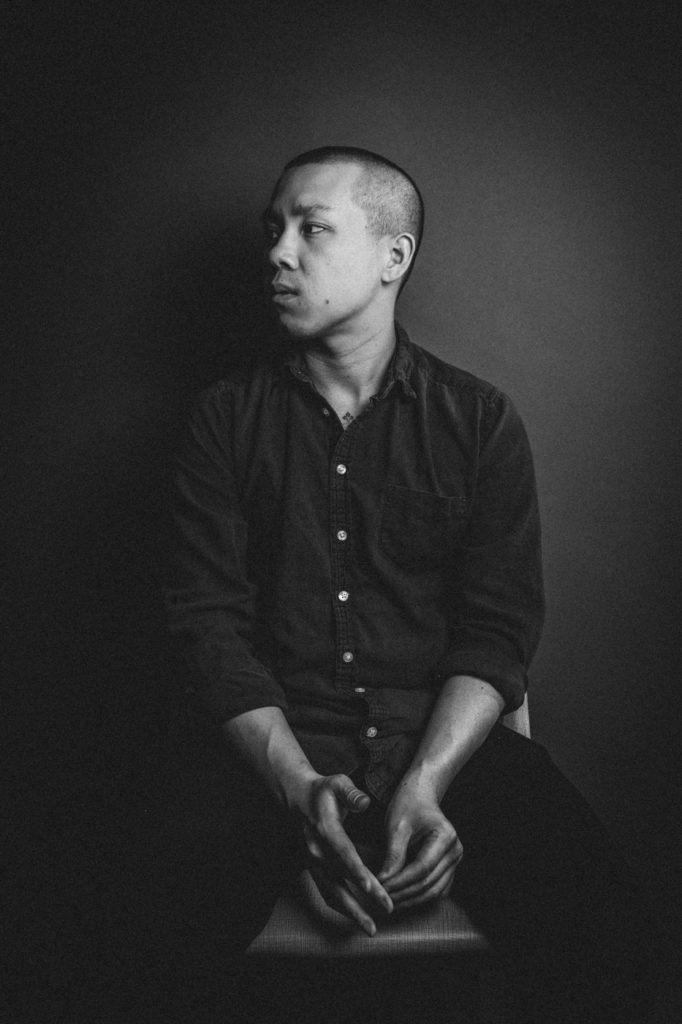
For Chef John Yao of the Michelin-starred restaurant Kato, the New Year was quietly spent with his parents, who moved to the States in their mid-twenties and wouldn’t visit China for nearly thirty years. Born and raised in Los Angeles County, Yao ate the same jiaozi in Southern California that Chung ate in Northern China. But noodles were also on Yao’s New Year’s Eve menu. “A really long noodle means you’ll have a really long life,” he says, adding the noodles should be slurped whole rather than chewed. Noodles signify happiness and longevity.

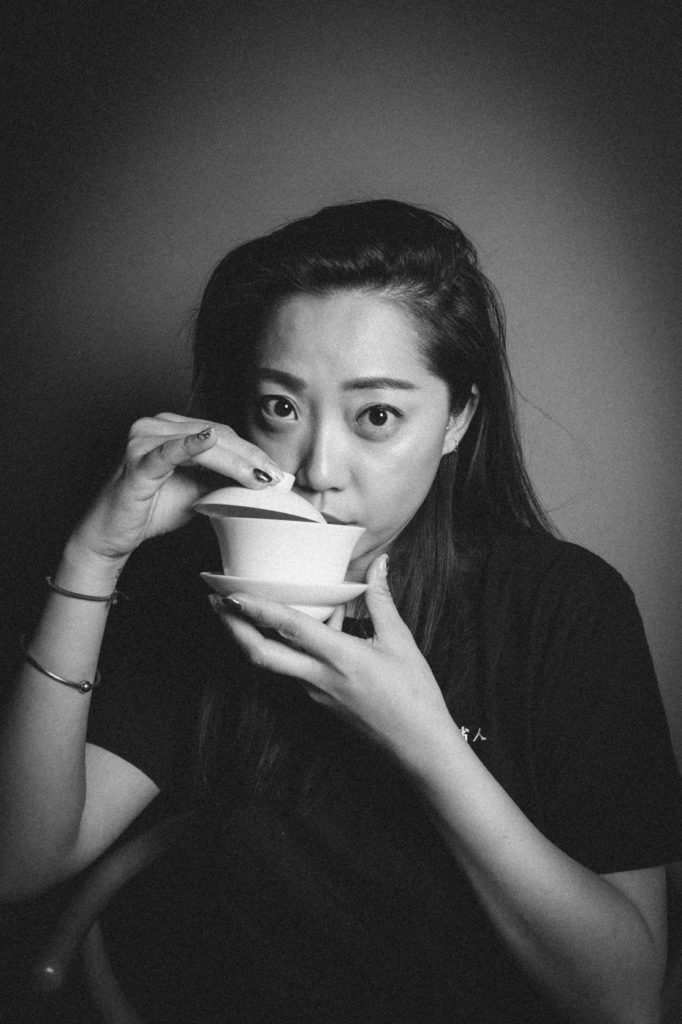
Lydia Lin of the modern tea house Steep L.A. moved to California from Guangzhou when she was thirteen years old. She characterizes the holiday with three words: “family, celebration and food.” Her New Year’s celebrations were just as grand as Chung’s when she lived in southern China; yet rather than the dumplings of the north, her family served glutinous rice cakes and steamed radish cakes. These were favored because the Chinese word for cake sounds like the word for “tall” or “to grow,” symbolizing growth in career, income, health or even height.
Since moving to the U.S., Lin’s celebrations have become “smaller and cozier,” but not a year goes by without a potluck feast with friends and family. Her mother’s radish cakes will be on the Steep L.A. Chinese New Year menu in addition to a pop-up dinner with Chinese Laundry, the Highland Park company known for its noodles.
Whole fish is never lacking on all of their New Year’s Eve banquets. Served with head and tail intact, the fish represents a good beginning and end to the year. In addition, the word for fish, yú, sounds like the word for surplus or abundance. Chef Yao shares an expression commonly used on New Year’s Eve, niánnián you yú, which translates into, “you’ll have good fortune this year.”
Chung notes the importance of the number of dishes on the table. “There needs to be either eight, nine or eighteen dishes. The number eight means ba, or prosperity; nine means infinity. The number six will guarantee things run smoothly. Three represents birth. All of these lucky numbers play an important role in our feast.” A particular dish might have three or six pieces; multiples of any of the lucky numbers is equally propitious.
After dinner, fireworks play a crucial role. In traditional Chinese culture, fireworks were originally used to scare away evil spirits. Legend tells us that a monster named Nian would eat villagers and destroy their houses on New Year’s Eve. (The letter character for Nian means “New Year,” also used in the expressionniánnián you yú.) When villagers discovered burning dry bamboo would scare the monster away, they started to fill their bamboo stalks with gunpowder, thus creating the traditional firecrackers.
Growing up in the more densely populated south where fireworks were banned, Lin missed out on that part of the festivities. But for Chung in the north, fireworks were omnipresent. Firecrackers are set off at the beginning and end of the New Year to ward off misfortune and bring good luck, although the modern firecrackers are paper tubes—not bamboo stalks—wrapped in red.
The energetic color red in Chinese culture is considered to have the power to ward off evil spirits and bring good luck. It is also a symbol of happiness. Auspicious red envelopes with money are commonly gifted to children from their parents and grandparents, and to single people from their married friends and relatives. Those who receive a red envelope are wished a safe, prosperous and peaceful year. Yao will acknowledge the holiday at Kato by giving red envelopes to his staff.
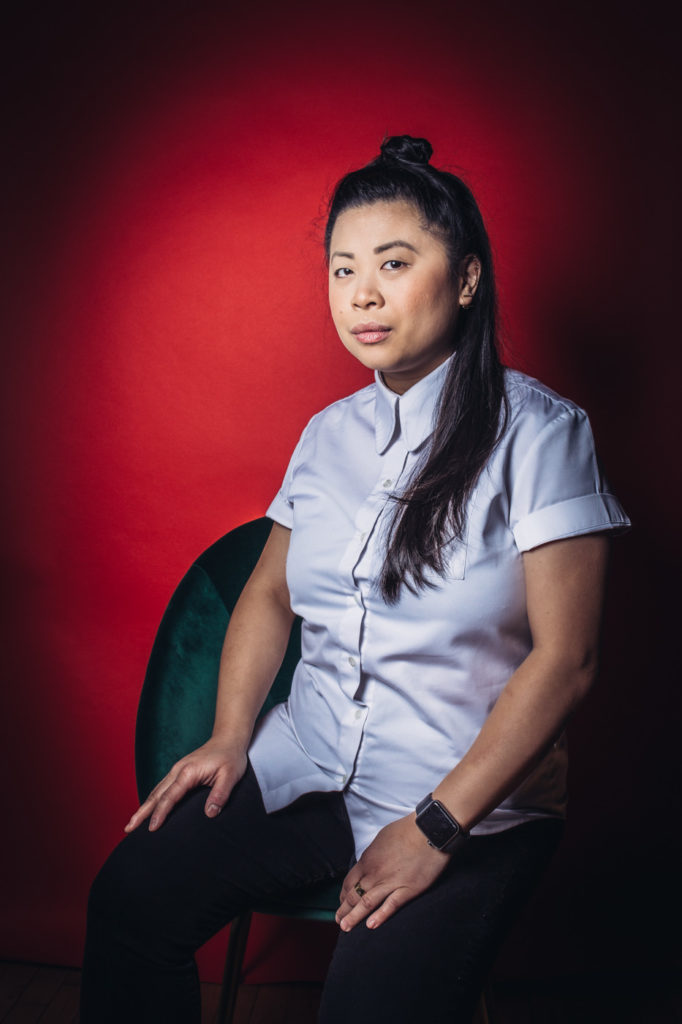
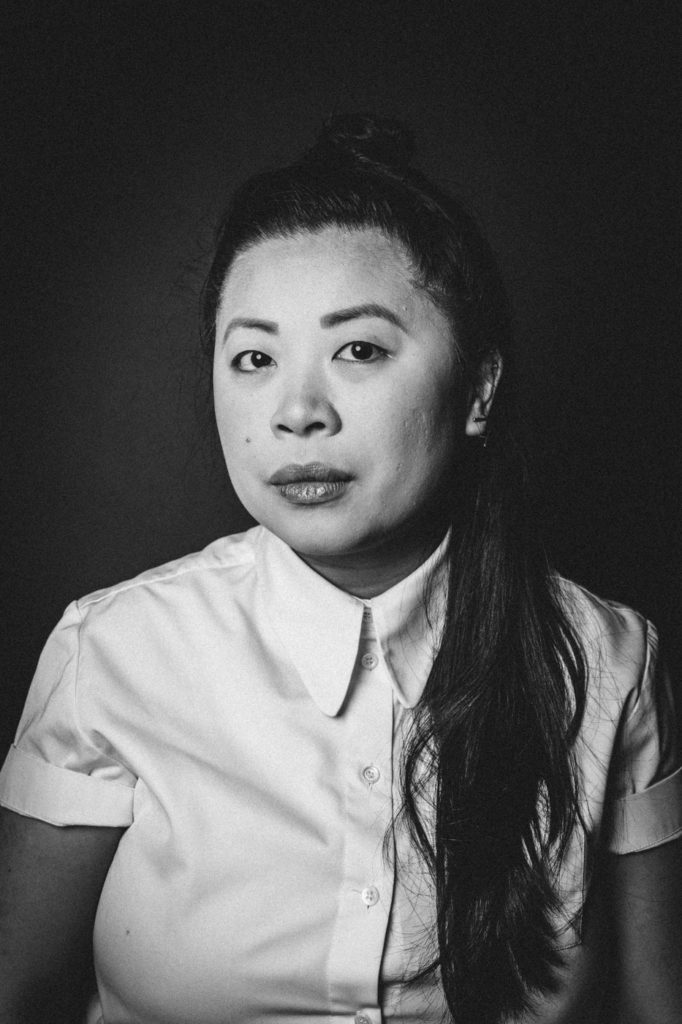
In Chinese culture, the rat is a resourceful animal that symbolizes vitality and intelligence. Based on these characteristics, one would assume 2020 to be a prosperous year for said animal but, says Chef Mei Lin of Nightshade, “usually when [Chinese New Year] falls on your zodiac sign, it’s a bad luck year.” She shares a story to demonstrate her point, in which her sous chef—a rat—has already had his car broken into this year. She acknowledges the superstition with a laugh, but doesn’t hesitate to mention that certain lucky charms can help turn bad fortune around. (If you’re a rat, get a Buddha of Happiness.)
There are other traditions and superstitions that Lin, who moved to Michigan from China as a three-month-old, was taught by her parents. Among them was to avoid eating meat on New Year’s Eve out of respect for the Buddhist gods, to refrain from washing her hair and clothes on both New Year’s Eve and Day in order to not rinse away good luck, and to avoid sweeping the house on the first three days of the year to keep wealth and good fortune locked in. Chung, Lin and Yao all relate. “This is an old school culture,” says Chung, remembering booklets with specific house cleaning rules to bid a proper farewell to the old year and welcome the new.
In the lunisolar calendar, each year, represented by one of the twelve animals, is defined by the characteristics of its animal. According to ancient myth, the Jade Emperor organized a race for a group of thirteen animals, the results of which would determine the order of the zodiac. The rat hitched a ride on the back of an ox, jumped off at the finish line, and took first place. Next in order were the ox, tiger, rabbit, dragon, snake, horse, sheep, monkey, rooster, dog and the pig, who placed last because he stopped for a snack and a nap along the way. (A cat drowned during the competition, hence the number twelve.)
Whether the New Year is spent with family or friends in China or other parts of Asia, New York City, Sydney, San Francisco, London or Los Angeles, Chef Mei Lin sums it up: “Chinese New Year is all about togetherness.”





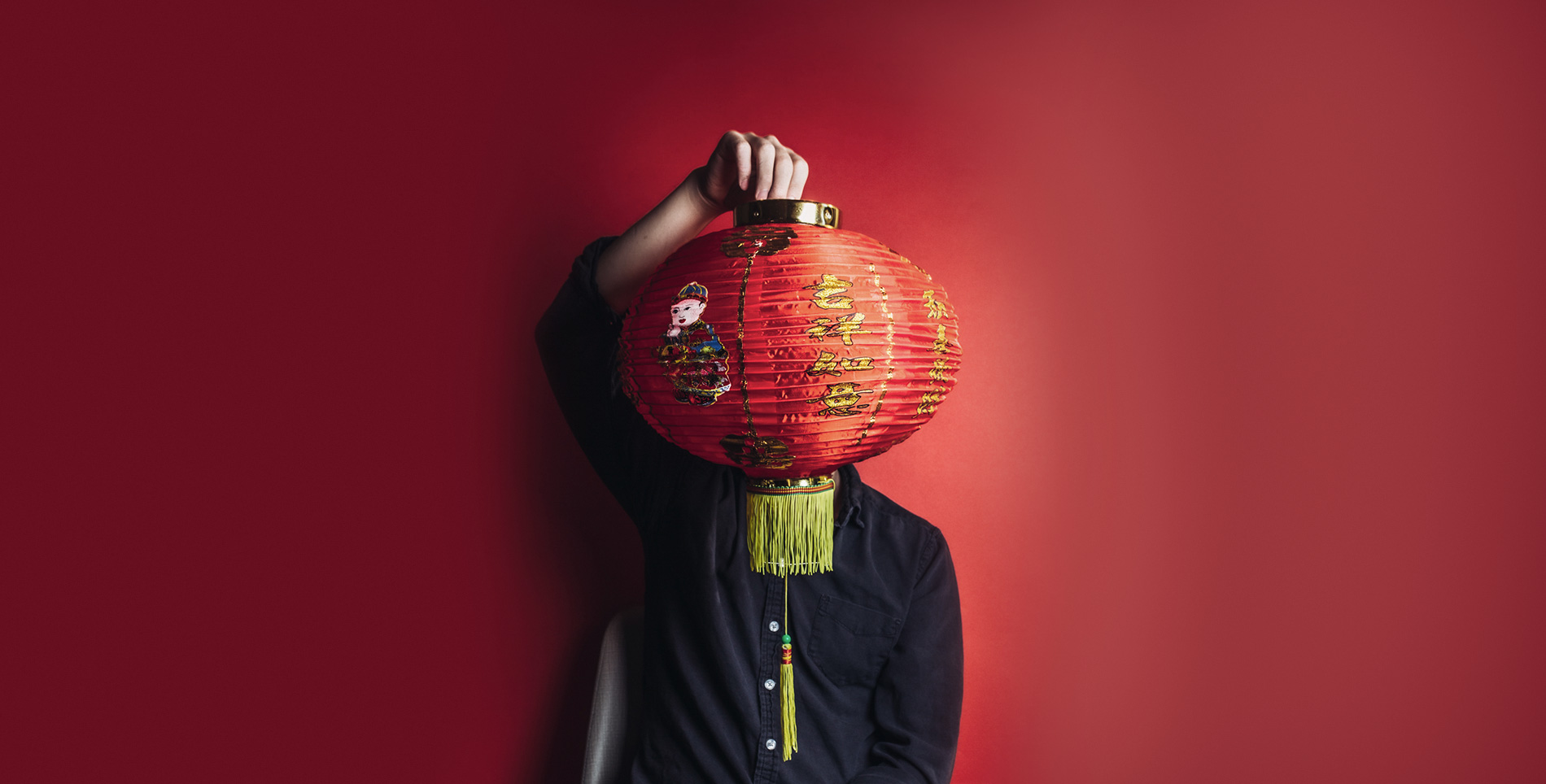

Our comments section is for members only.
Join today to gain exclusive access.